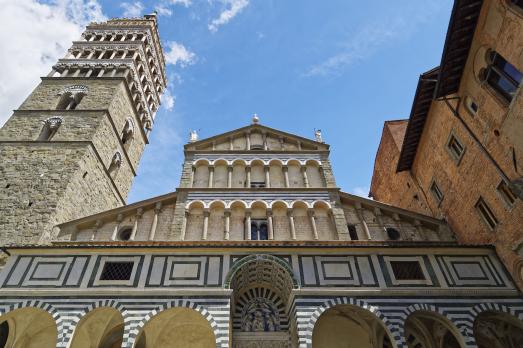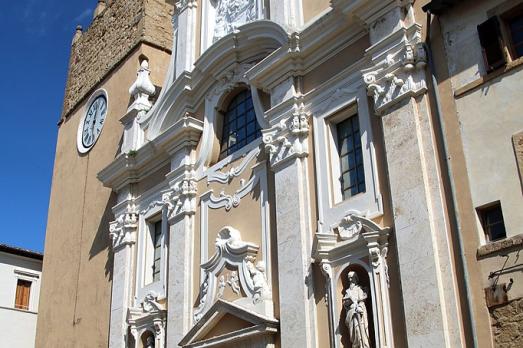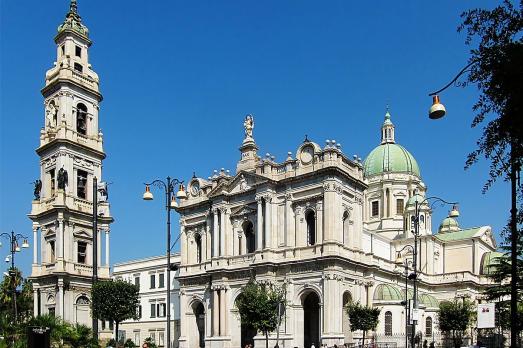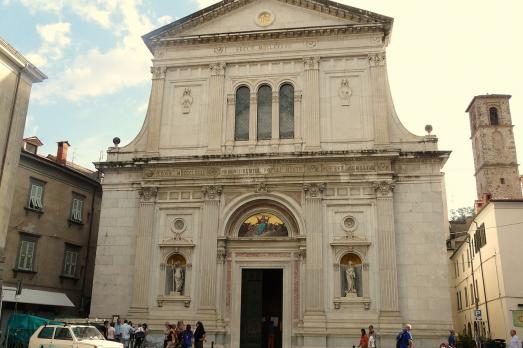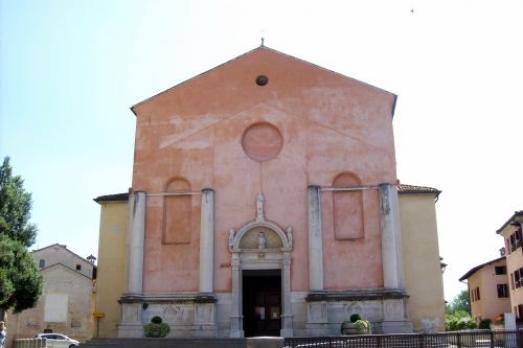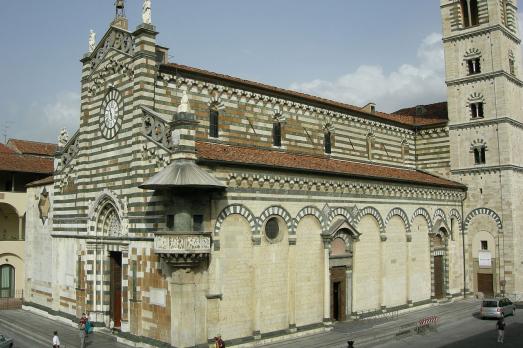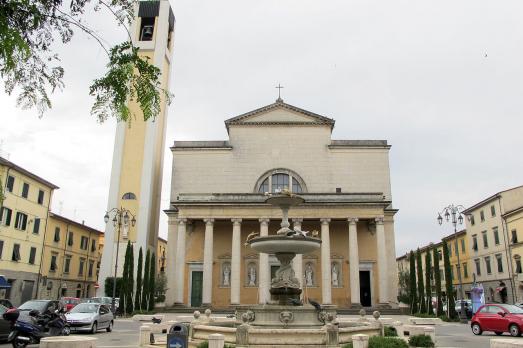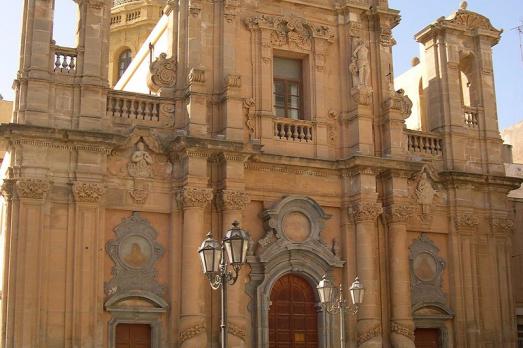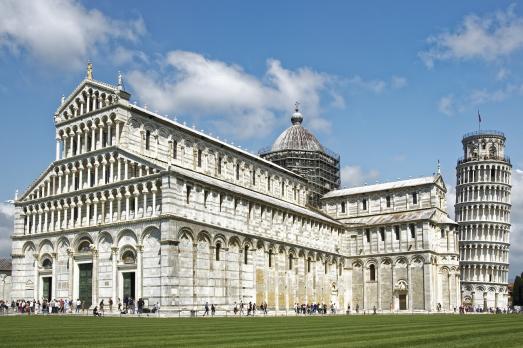
Pisa Cathedral
Pisa, IT
The Cathedral of Santa Maria Assunta is a Pisan Romanesque church built in the eleventh century, at the time of the apogee of the Republic of Pisa. The building is listed as a UNESCO World Heritage Site since 1987 as part of the architectural ensemble of Piazza dei Miracoli.
